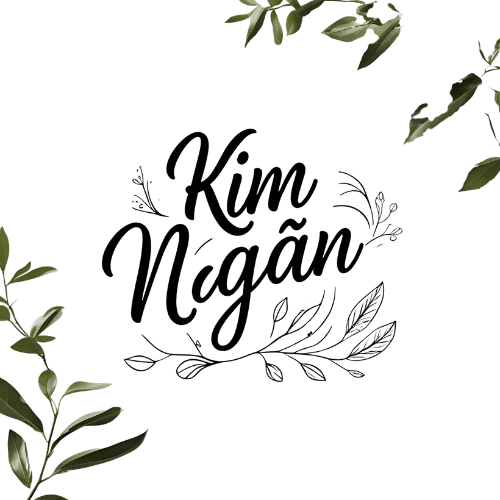Shikoku – Where Pilgrimage Paths and Ocean Winds Guide the Heart
🇯🇵 Shikoku – Where Pilgrimage Paths and Ocean Winds Guide the Heart
Japan Travel Guide – By Region
There are journeys you take for the view.
And there are those you take to listen—to the wind, the waves, and yourself.
Shikoku is the latter.
1. Overview & Highlights
Shikoku, the smallest of Japan’s four main islands, feels like a world apart. Separated by the Seto Inland Sea, it is less visited, less hurried—and all the more profound for it. Here, ancient temples sit quietly in forested hills. Ocean roads curve around sleepy fishing towns. And pilgrims, dressed in white, walk centuries-old paths not to be seen, but to seek.
This is a land of slowness, spirit, and elemental beauty. Whether you’re walking a section of the 1,200-km 88 Temple Pilgrimage, soaking in a rustic onsen, or tracing the coastline on a train that never rushes—Shikoku invites you to move with intention.
Highlights:
– The 88 Temple Pilgrimage – Japan’s most sacred journey
– Dōgo Onsen – one of the country’s oldest hot spring baths
– The Iya Valley – dramatic gorges, vine bridges, and untouched villages
– Naruto Whirlpools – nature’s spinning wonder beneath a suspension bridge
– Ritsurin Garden in Takamatsu – a masterpiece of Edo-era landscaping
– Uchiko and Yusuhara – villages frozen in time, wrapped in cedar and mist
2. Culture & People
Shikoku holds the spirit of old Japan—not just in its shrines and landscapes, but in its people. There’s a humility here, a gentleness. Locals wave from bicycles, offer directions without being asked, and still believe in the quiet honor of hosting travelers.
The pilgrimage culture brings a sense of shared respect. Even if you’re not walking all 88 temples, many will greet you with the word "osettai"—offering free tea, snacks, or a kind smile along the way. Here, hospitality is not a service—it’s a rhythm of daily life.
3. Must-Try Foods
Each of Shikoku’s four prefectures brings something special to the table:
Sanuki Udon (Kagawa) – thick, chewy noodles served cold or hot with simple broth
Katsuo no Tataki (Kōchi) – seared bonito fish, smoky and fresh, served with citrus
Mikan oranges (Ehime) – juicy, sweet, and symbolic of Shikoku’s sunny climate
Sōmen noodles (Tokushima) – thin wheat noodles often enjoyed in summer
Local mountain vegetables & freshwater fish – especially in Iya Valley inns
Meals here are earthy, honest, and soul-satisfying, especially after a day of walking or riding through the mountains.
4. Travel Tips
Best time to visit:
Spring (Mar–May) and Autumn (Oct–Nov) for the best weather and colors
Getting there:
– Domestic flights or trains to Takamatsu, Matsuyama, Tokushima, or Kōchi
– The Shimanami Kaidō connects Shikoku to Honshu by bicycle and road
Getting around:
– Buses and trains run but are limited—renting a car offers more freedom
Pilgrimage tip:
– You can walk short segments or use buses/trains to access temples
Cash vs. card:
– Bring cash, especially in countryside towns and inns
5. Recommended Clothing
Pilgrimage walkers: Comfortable walking shoes, hat, layers, and rain jacket
General travel: Light clothing in summer, warm layers in mountain areas year-round
Bring a modest outfit if visiting temples—respect is part of the journey
6. Best Photo Spots
Kazurabashi Vine Bridge – a suspension bridge made of twisted vines above a deep gorge
Ritsurin Garden – tea houses, sculpted pine trees, and mountain backdrops
Naruto Whirlpools – viewed from above or from sightseeing boats below
Matsuyama Castle at sunset – overlooking the city and inland sea
Iya Valley – mist, mountains, and timeless villages tucked in the folds of green
6.1. Must-Visit Places & Experiences
Dōgo Onsen (Ehime) – soak in history at one of Japan’s oldest bathhouses
Iya Valley (Tokushima) – remote mountain villages, vine bridges, slow inns
Kōchi – home to samurai history, river kayaking, and food markets
Takamatsu (Kagawa) – explore Ritsurin Garden and the Seto art islands nearby
88 Temple Pilgrimage – walk even just a few temples and feel the change inside
Shimanami Kaidō – bike across scenic bridges over the Seto Inland Sea
Uchiko & Yusuhara – traditional wooden architecture, handmade paper, and silence
7. Suggested Itinerary (5–7 Days)
Day 1: Arrive in Takamatsu – visit Ritsurin Garden, enjoy Sanuki udon
Day 2: Ferry to Naoshima or cycle part of the Shimanami Kaidō
Day 3: Head to Tokushima – explore Naruto Whirlpools, start temple visit
Day 4–5: Stay in Iya Valley – hike, relax, and soak in the quiet
Day 6: Travel to Matsuyama – soak in Dōgo Onsen, visit the castle
Day 7: Optional – head to Uchiko or Kōchi for a deeper countryside retreat
8. FAQs & Sample Costs
Do I have to walk all 88 temples?
No! Many people visit just a few. The pilgrimage is a mindset more than a number.
Is Shikoku beginner-friendly?
Absolutely, but it helps to plan ahead and move slowly. This is not a rush destination.
Estimated daily cost:
– Budget: $60–80/day (hostels, public transport, simple meals)
– Mid-range: $90–140/day (ryokan, car rental, regional trains)
– Luxury: $180+/day (private inns, fine dining, guided temple experiences)
Shikoku doesn’t try to impress.
It simply invites you to come as you are—and stay long enough to soften.
It is a place of quiet paths and loud oceans.
Of temples cradled by mountains, and strangers who offer tea without a reason.
Here, you may not find everything.
But you may find something that lasts longer than a photograph.
Thank you for walking this peaceful road through Shikoku with me.
If your soul is tired of noise and pace—this island will hold it gently.
👉 Explore the full Japan Travel Guide – By Region series on the blog for more soulful journeys
See you on the quiet path,
Kim Ngân – storyteller & slow traveler
